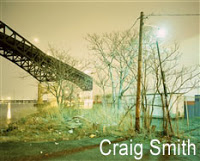
Art that Clicks; Richard Nilsen for the Arizona Republic
The best photographs do the same thing as the best paintings or sculptures: They vivify our sense of being alive and bring us into contact with the world we often pay too little attention to. They act as caffeine for our senses, our thought and our emotions.
That’s more than a snapshot attempts.
“What is the difference? Why are my snapshots not art?” asks Douglas Nickel, director of the Center for Creative Photography in Tucson, one of the world’s best institutions for the collection and study of photographs.
On the gallery wall, you see a landscape by Ansel Adams or a still life by Edward Weston or a portrait by Richard Avedon. They carry something beyond the charge that wallet photos of your family has.
“Sometimes someone can come up with a really great picture,” Nickel said of the amateur, “but their meanings are private – they mean something to them and the people around them. Art photography is meant as public statement. Art has a public function. It is meant to make a more universal statement about the condition of the world.”
Like all art.
Because of photography’s popular image, the gallery and museum world was slow in accepting it as art. Most museums didn’t include photography in their exhibition schedules until a century after its invention, and color photography had to wait until the 1980s to be taken seriously.
When photographer Alfred Stieglitz tried to interest the nation’s museums in photography in the early years of the past century, he initially got no takers.
“Photography can’t be an art,” he was told over and over, “because it’s made by a machine.”
Odd. You could say the same thing about a piano.
Finally, in 1924, the Boston Museum of Fine Art accepted Stieglitz’s collection – grudgingly.
Times have changed: In 2005, a single photograph made by Stieglitz sold at auction for $1.4 million.


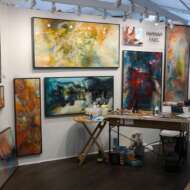
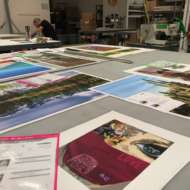



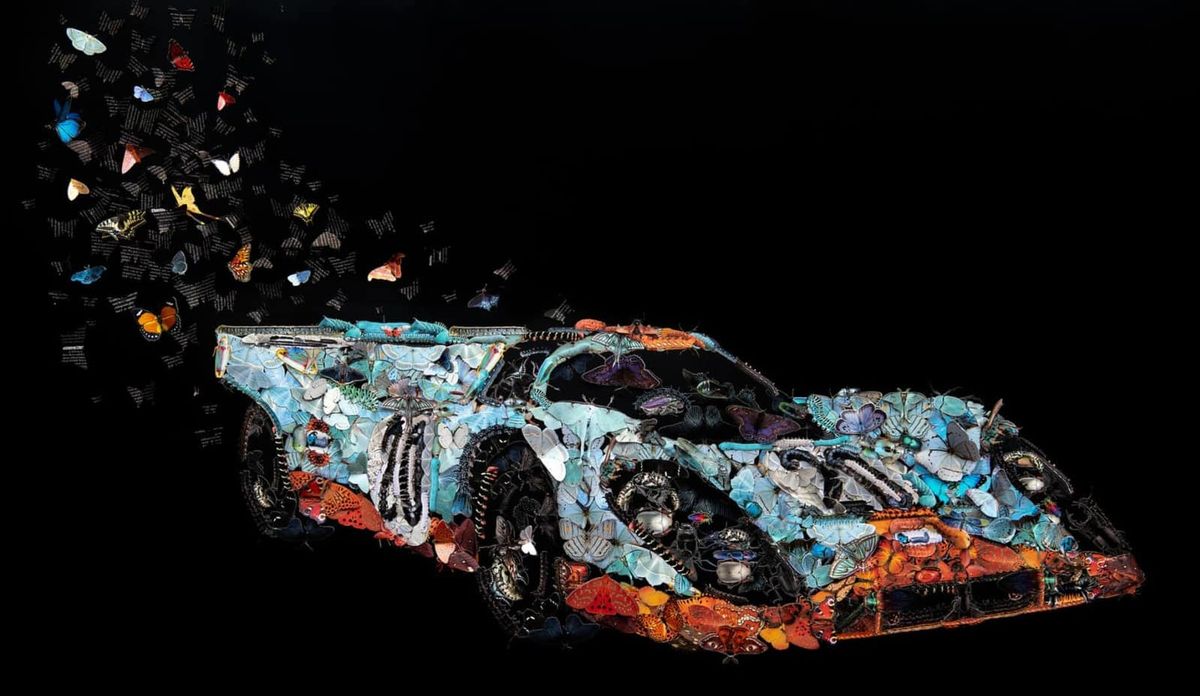
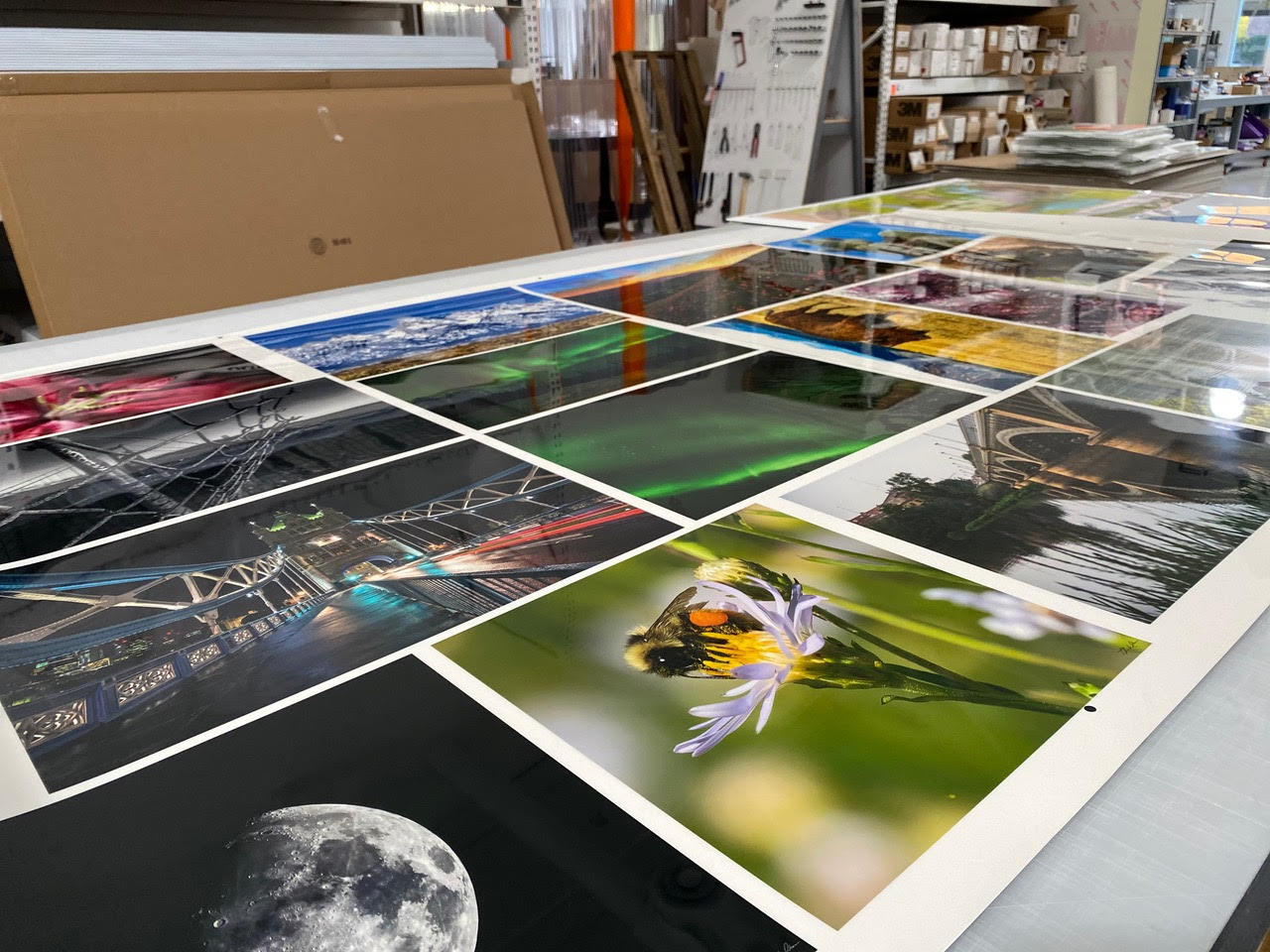
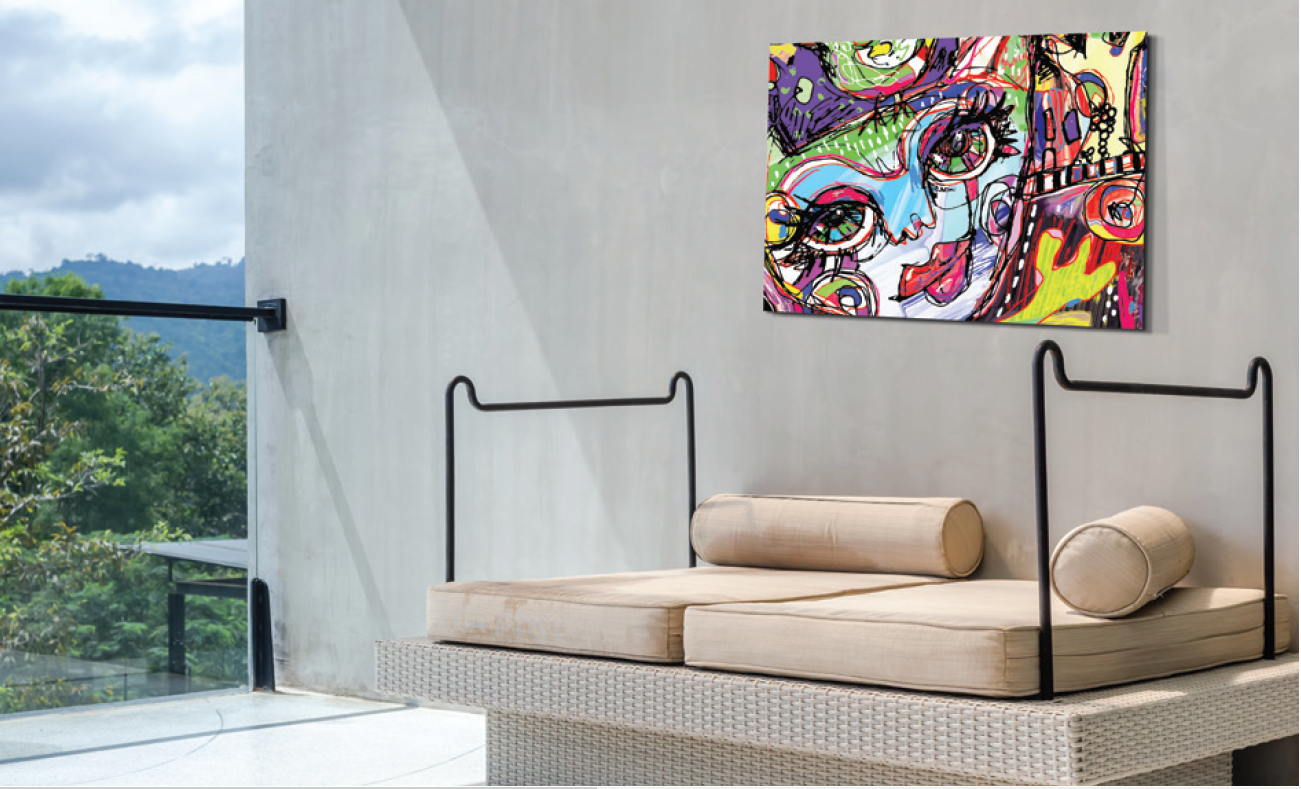
Leave A Comment